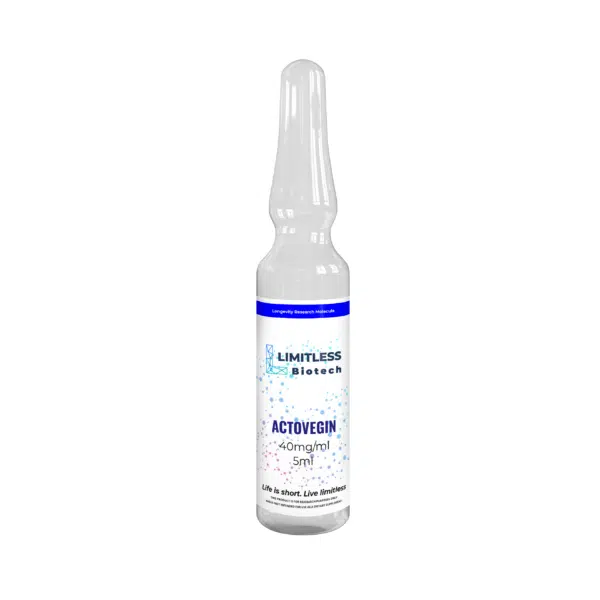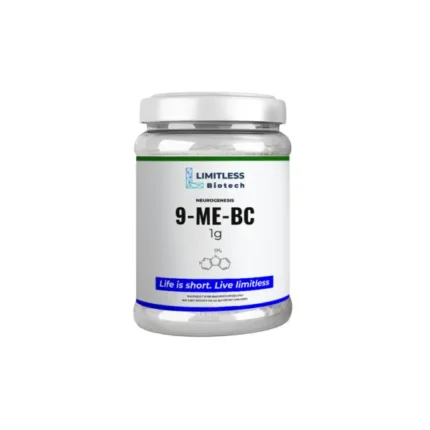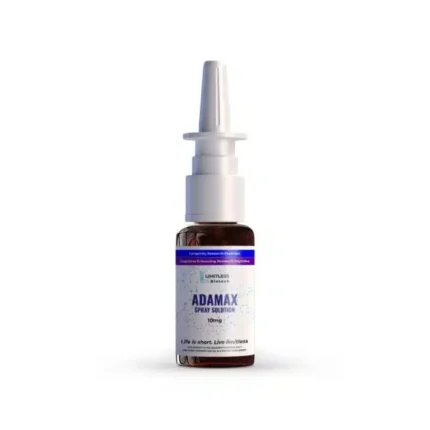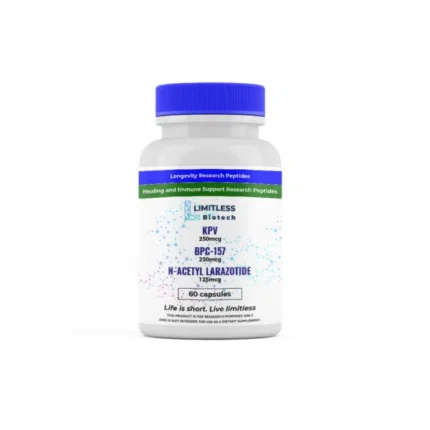Research
This Actovegin concentrate is 5ml total volume 40mg per ml and has 200mg total Actovegin present in the concentration. The solutions base contains 134 mg of sodium chloride.
Actovegin Research
Actovegin is a deproteinized hemodialysate of calf’s blood, which is postulated to improve cellular uptake and utilization of glucose and oxygen. It is a highly filtered extract that enhances aerobic oxidation in mammals, thereby improving the absorption of glucose and oxygen. Actovegin has been used for several decades in countries of Central Asia, East Asia, Russia, and some European countries to treat patients with various neurological conditions, vascular disorders, and ischemic stroke.
Actovegin and Wound Healing
Research indicates that Actovegin has a reparative effect on wounds, contributing to the healing process. In a study comparing the effects of different gels on wound healing in rats, Actovegin was found to have a pronounced reparative effect. The study assessed wound healing by studying the physicomechanical properties of the wound, determining the concentration of hydroxyproline, and calculating the ratio of collagen types 1 and 3. The results showed that Actovegin had a greater effect on wound healing than the control and Contractubex [R].
Another study compared the wound healing effects of a low molecular weight fraction of cattle cord blood and Actovegin on skin cryolesions in rats. Both treatments accelerated the normalization of clinical blood parameters and showed a pronounced wound healing effect, manifested in accelerated reparation and improved trophicity in the injured area due to hypervascularization and prevention of sclerotic processes [R].
A third study compared the effects of Actovegin and collagen on skin wound healing in mature rats. The study found that both treatments were effective, but the wound healing patterns and rates were different, which might be due to different mechanisms of action of the drugs [R].
Actovegin and Neuroprotection
Actovegin has been the subject of various studies exploring its potential in neuroprotection and tissue regeneration. Neuroprotection refers to the preservation of brain structure and function, often measured behaviorally in clinical settings. Actovegin has been investigated for its potential in this area, particularly in the context of ischemic stroke and traumatic brain injury (TBI).
In a study involving patients with unresponsive wakefulness syndrome (UWS) after severe TBI, Actovegin was part of a neuroprotective treatment regimen that also included other substances like Cerebrolysin, pyritinol, and L-carnitine. The study found that patients receiving this treatment recovered more rapidly from UWS than controls, suggesting that long-term neuroprotection may be key for patients to overcome UWS after severe TBI [R].
Actovegin and Tissue Regeneration
Actovegin has also been studied for its role in tissue regeneration. In a study involving mandibular bone tissue regeneration, Actovegin was used in combination with various osteoplastic materials. The study found that Actovegin, when used in conjunction with these materials, effectively stimulated bone tissue regeneration [R].
Another study compared the effects of Actovegin and a low molecular weight cattle cord blood fraction on tissue regeneration after skin cryoablation in rats. Both treatments showed a pronounced wound healing effect, manifested in accelerated reparation and improved trophicity in the injured area [R].












Reviews
There are no reviews yet.